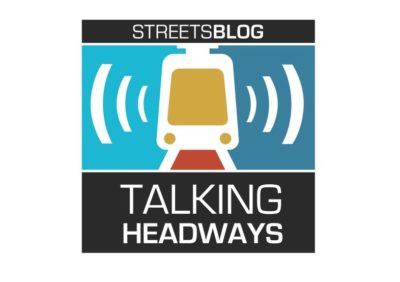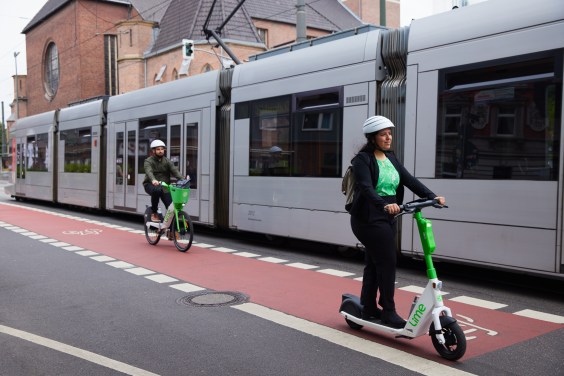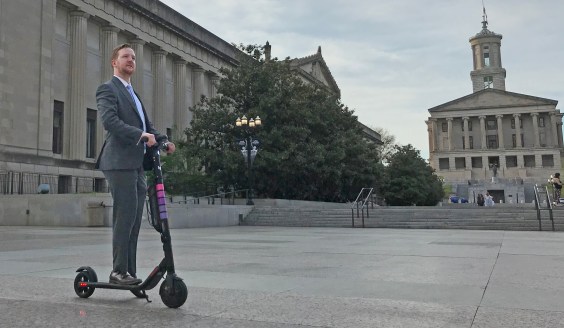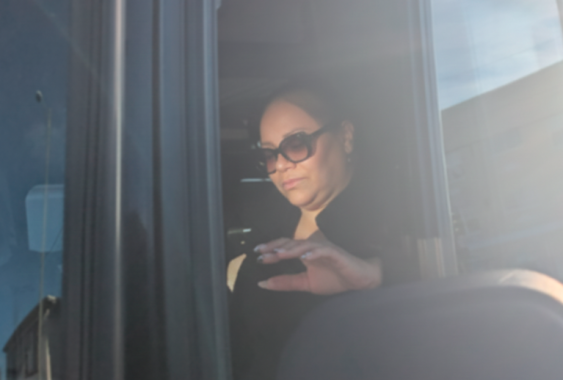This week, David Andersson of the Art and Culture team at Bloomberg Associates chats about the implementation and safety characteristics of asphalt art, how communities work on these projects, and the character of public art.
For those of you who prefer to read rather than listen, check out the edited highlights below the player. If you want a full, unedited transcript, be our guest by clicking here.
?
Jeff Wood: Well, that’s another thing is the success rate of safety for these projects, especially when you’re doing bulb outs, especially when you’re doing specific pedestrian safety items, what’s been the findings on how safe these new interventions are when they’re installed?
David Andersson: We’ve been really pleased with the findings. We’ve tracked individual projects to see their success rates in meeting their safety goals. But we also realize that there’s not much research out there on the safety impacts of asphalt art. So we commissioned a study last year conducted by Sam Schwartz consulting, an engineering firm, to take a look at a number of asphalt art sites across the country. There were two parts of the study: The first part looked at crash rates. So it studied 17 different sites that had a few years of crash data before and after the art was installed.
Those were all interventions that were in the roadway — like crosswalks intersection murals, and maybe had some additional geometric redesigns or curb extensions. But the core of the projects was art in the street. They found that, overall, the rate of crashes involving pedestrians or cyclists went down by 50 percent after the art was installed. So that number was so huge to us. It really showed that, in these projects, at least, the art was having a big impact in the safety of the most vulnerable users of the road. But then the second half of the study, was looking not just at crash rates because that’s one metric that is of course very important, but really was focusing in on driver behavior.
We took five projects that were installed during the study period last year, five of our projects. We got video footage from before and after the art was installed, and the Sam Schwartz team analyzed the footage and coded every single driver and pedestrian interaction to see how successful it was or how close to a conflict there was, whether drivers were yielding to pedestrians, things like that. They found that the percentage of drivers yielding to pedestrians who had the right of way increased by 27 percent. So, regardless of crashes, because this was a very small study period, drivers were behaving differently in these spaces that now had artwork there.
There are a lot of theories behind what it’s doing — what psychologically the artwork is doing to drivers. It’s hard to really pinpoint it. But, at the core of it, it seems like having artwork on the ground signals to drivers that the streets are not just for cars; they’re for pedestrians too. They’re for people who are walking, people who are biking. So when there’s art there, you’re like, "oh, people are around here. People care about this road. I shouldn’t just barrel through the road as if it’s a deserted wasteland or on a highway. I should be more cautious." That’s shown in the research that we’ve done and in the individual projects that we’ve been studying.






